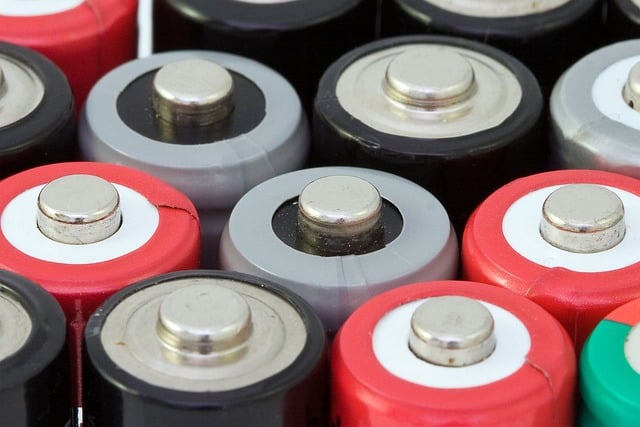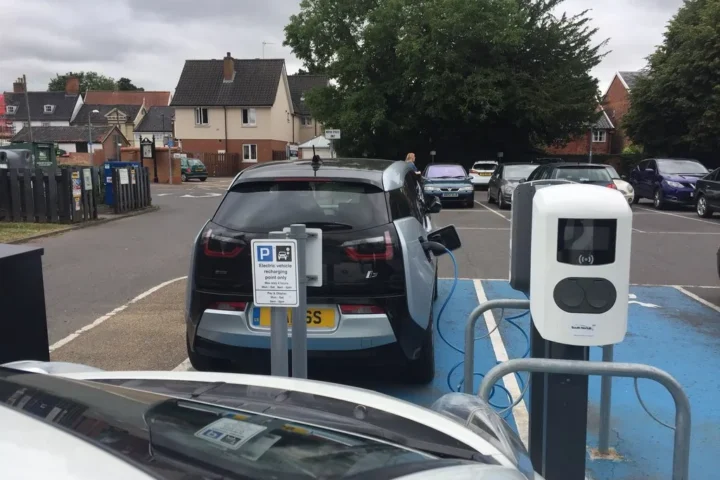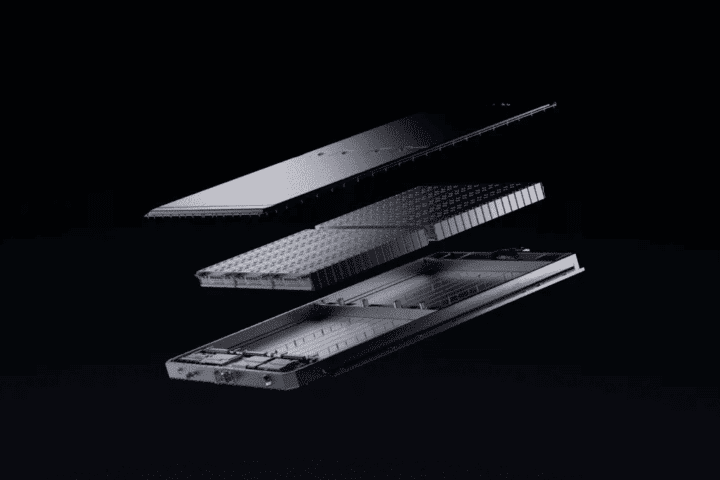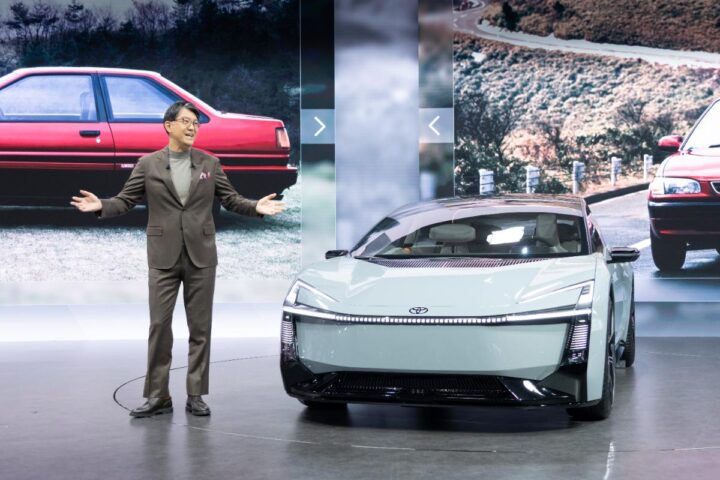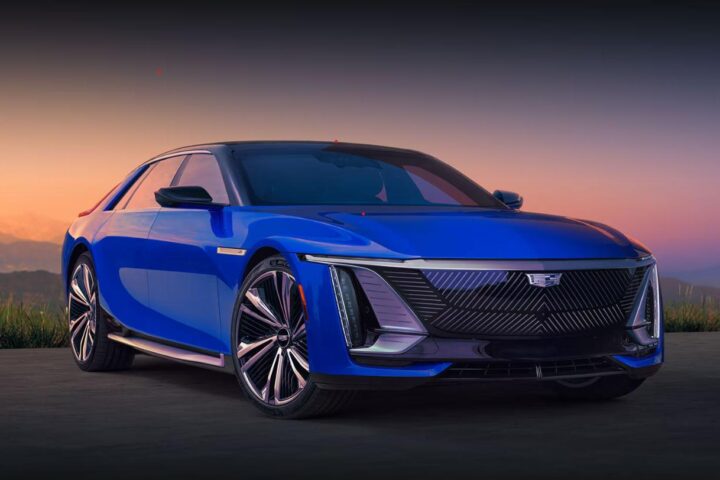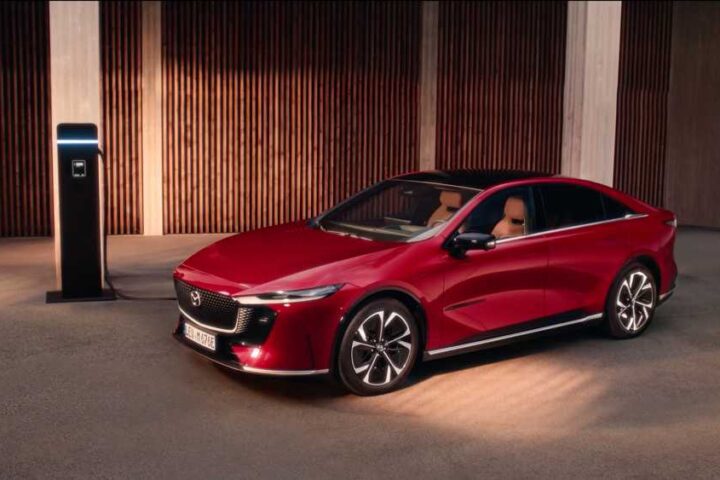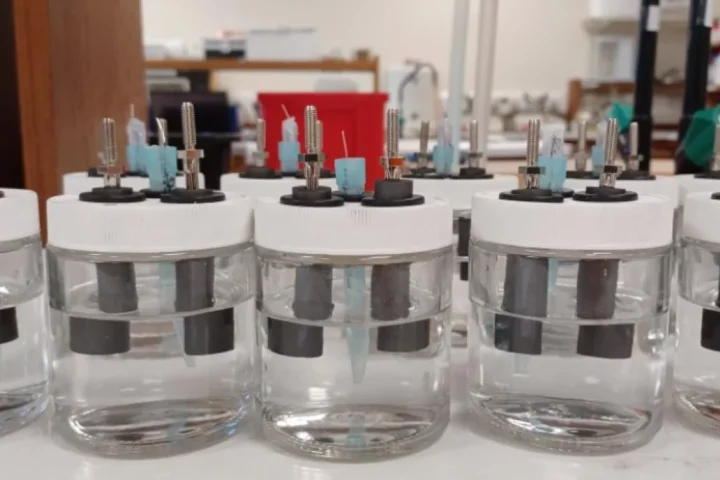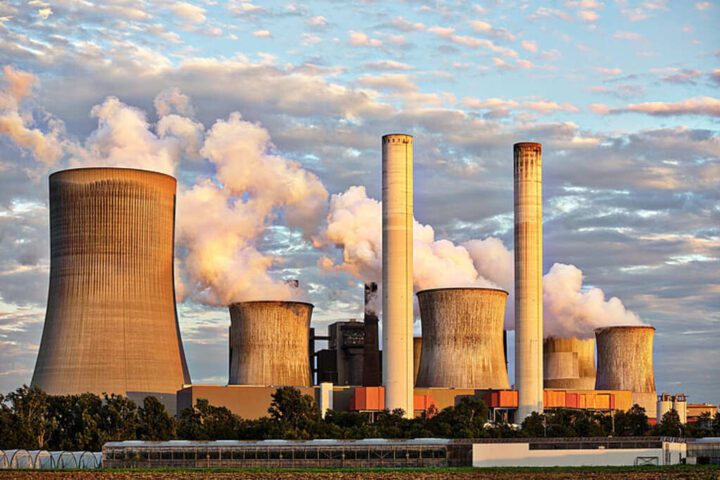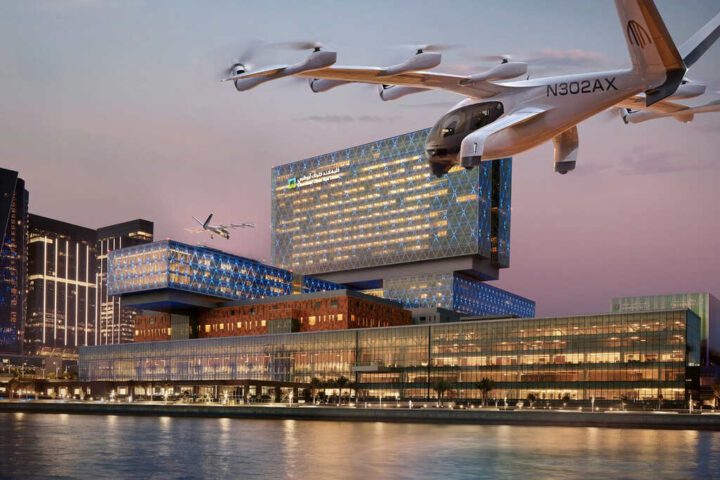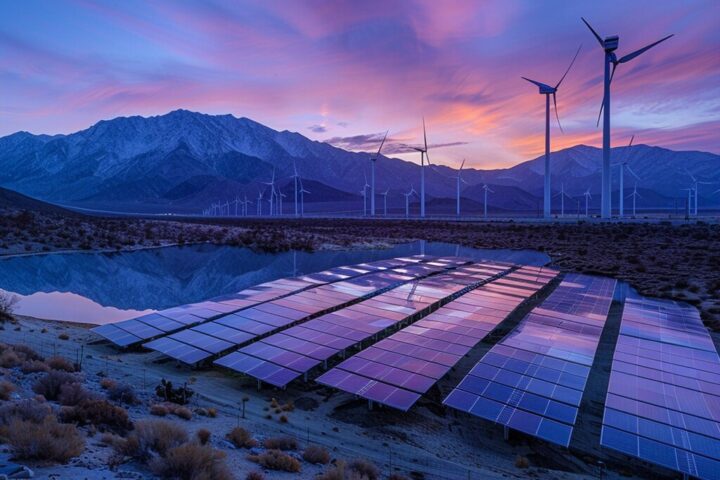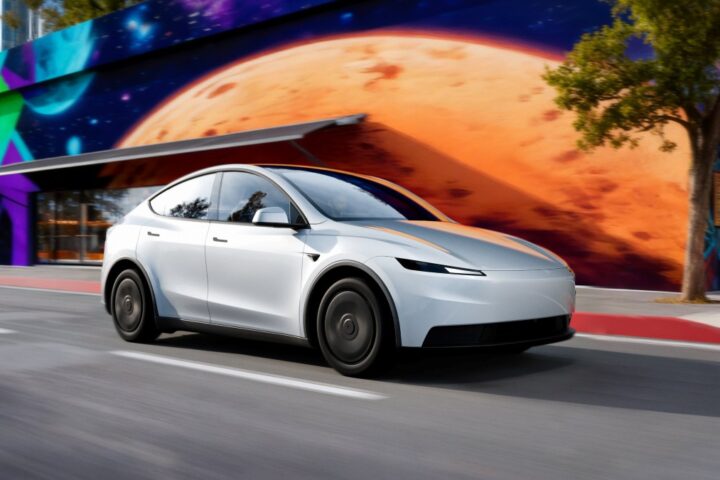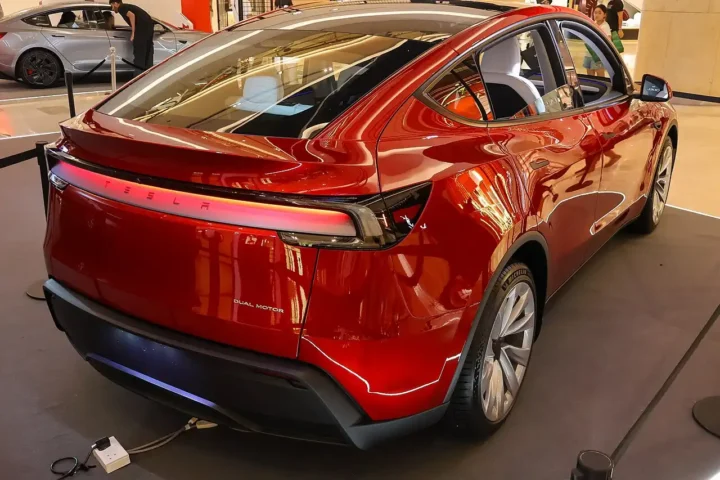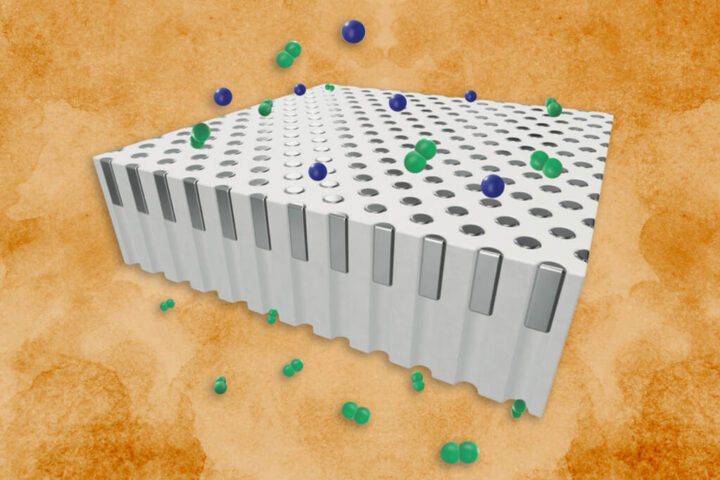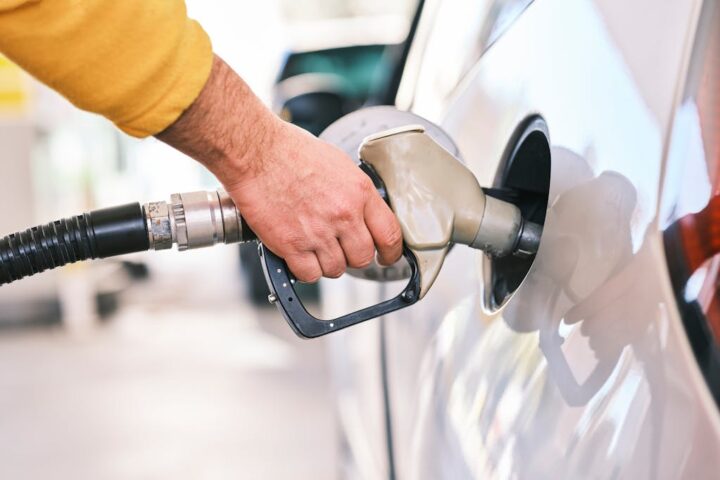Rising electricity bills and frequent power outages have many families searching for better energy solutions. Flow batteries, a developing technology that stores energy in liquid form, might offer relief – though challenges remain before widespread adoption becomes possible.
These batteries work differently from the ones in our phones and laptops. Think of them as energy storage tanks: they pump special liquids through a system to create and store electricity. For homeowners dealing with unreliable power supply, this means potentially having backup power that lasts three times longer than current home battery systems.
“Flow batteries can feed energy back to the grid for up to 12 hours – much longer than lithium-ion batteries which only last four to six hours,” says Maria Skyllas-Kazacos, who helped invent this technology in the 1980s. For a typical family, this could mean keeping essential appliances running through extended blackouts or storing excess solar power for nighttime use.
Current market trends show growing interest in this technology. The global flow battery market is set to grow from $416.3 million in 2024 to $1.1 billion by 2029. This expansion could lead to more affordable options for homeowners, though current installation costs remain high.
For communities prone to power cuts, especially in remote areas, flow batteries offer distinct advantages. Unlike regular batteries that wear out after a few years, flow batteries can run for decades with proper maintenance. The liquid inside them can last indefinitely, potentially saving families money on replacements.
The biggest challenge right now is cost. These batteries need a rare material called vanadium, which makes them expensive for the average homeowner. “Flow batteries offer a bidirectional energy storage system by using redox active energy carriers dissolved in liquid electrolytes. However, they face challenges such as the reliance on vanadium, an expensive and not always readily available material,” according to the Department of Energy.
But there’s good news. Governments are stepping in to help make these batteries more affordable. Australia has pledged $500 million to develop better batteries, including flow batteries. China has already built the world’s largest flow battery system, proving they can work well for entire communities.
Think about a typical day with solar panels on your roof. The sun shines during the day when you’re at work, but you need power most in the evening. Flow batteries could store your extra daytime power for nighttime use. They work out cheaper than other batteries if you need power for more than eight hours – like powering your home through the night.
Similar Posts
Some towns are already testing these batteries. They’re especially useful in places that lose power often or use lots of solar and wind energy. As more communities use them and technology advances, solutions for wider adoption may develop.
There are still some practical issues to solve. The batteries are heavy and not portable, making installation a challenge. They also need regular professional maintenance and monitoring for safe operation. While the upfront cost might be too high for many families now, research continues on making them more accessible.
These batteries could make a real difference in keeping our lights on during power outages. Think about having reliable backup power when you need it most. While the technology still needs work, it offers hope for families who want reliable, clean power without the worry of blackouts.
